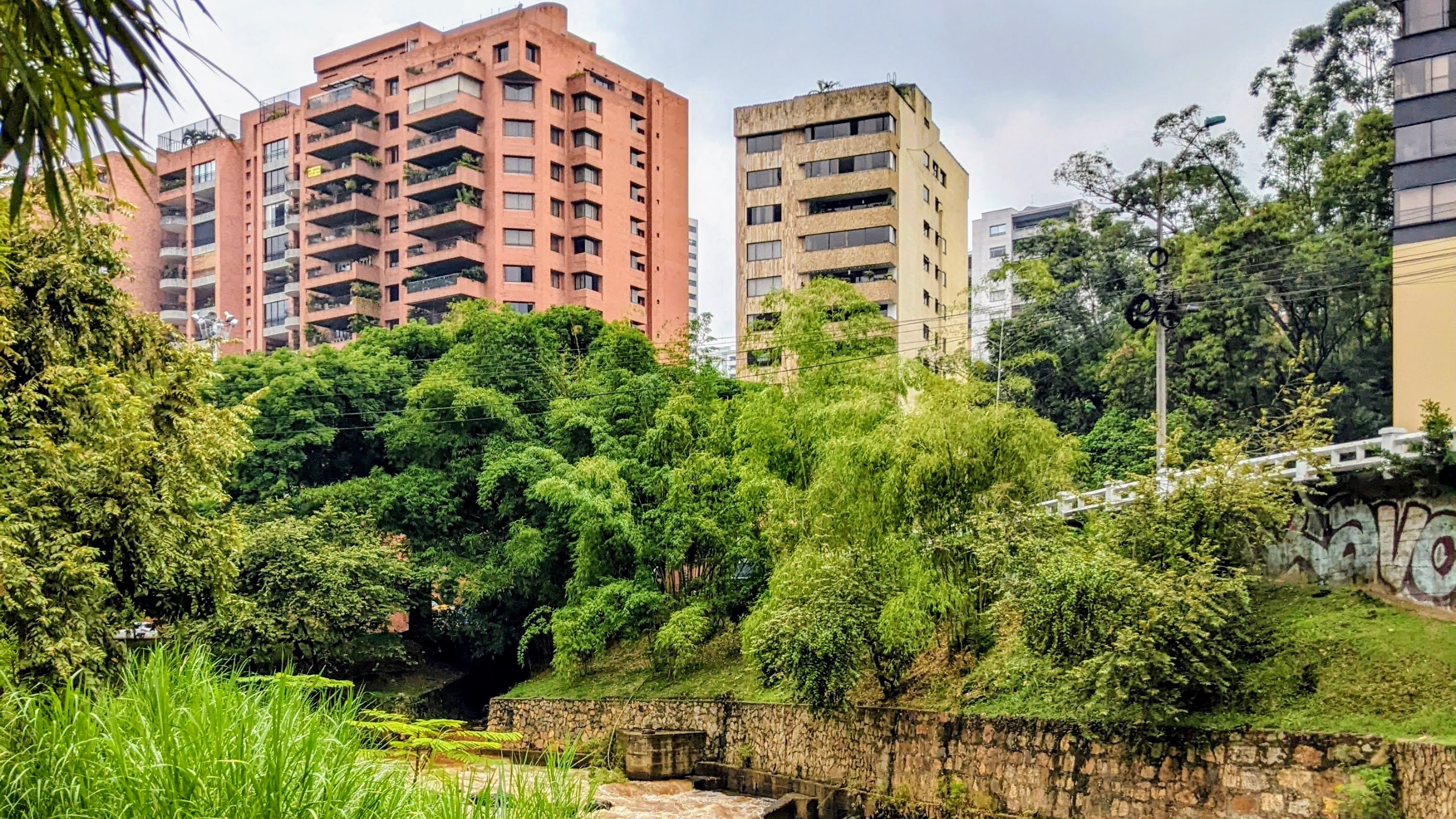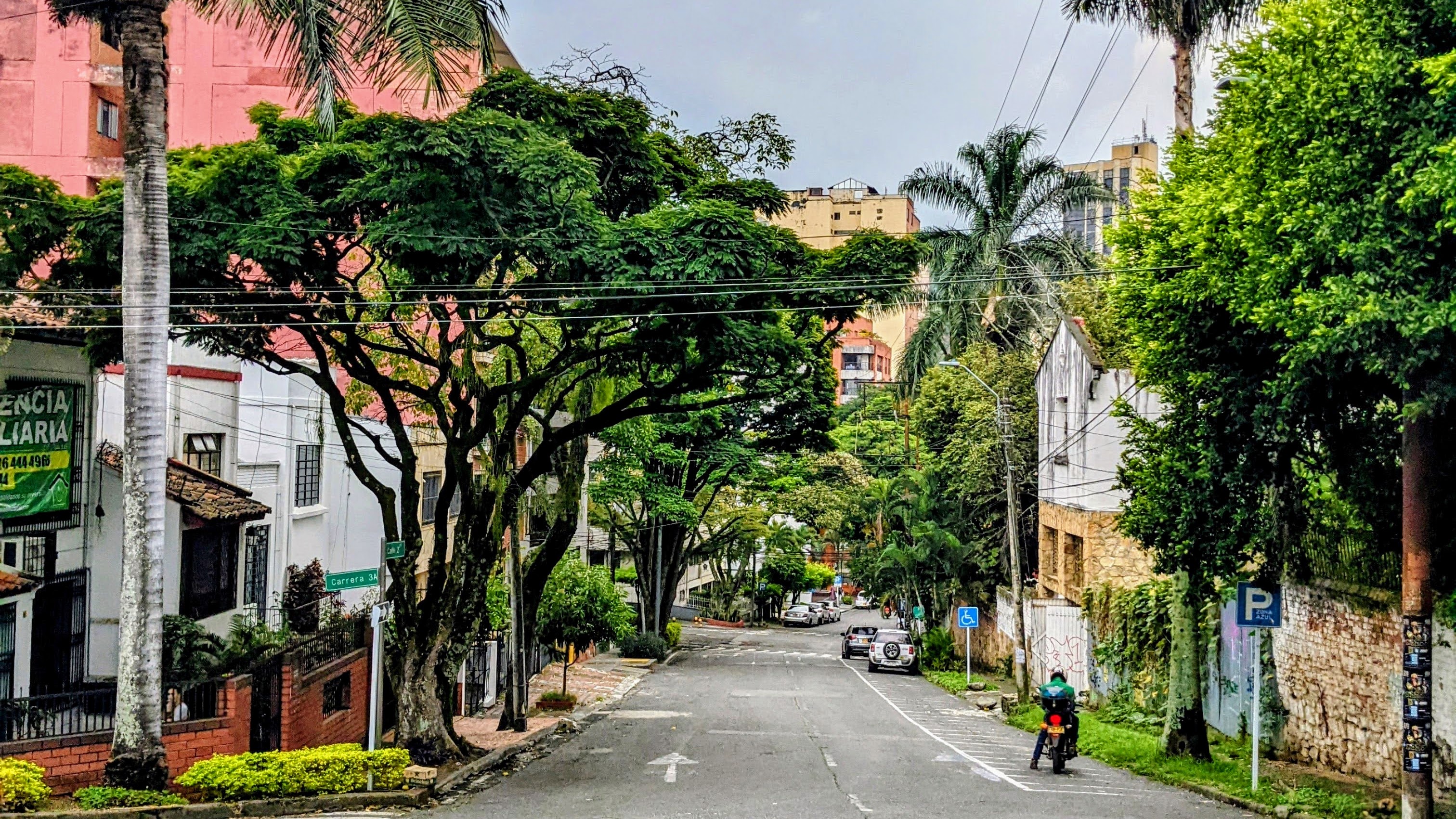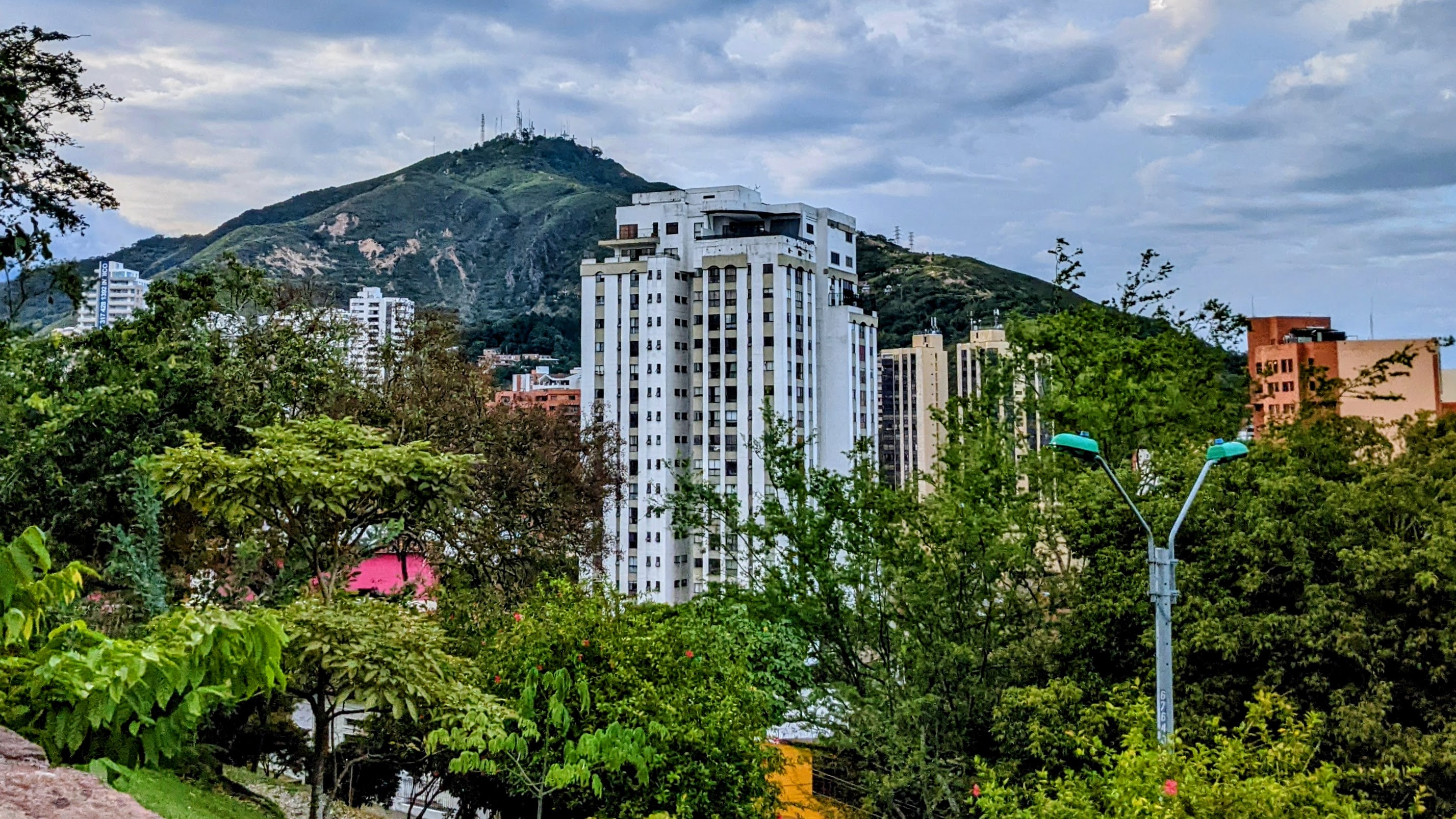Mobilising social engagement systems, micro to macro
A semi-structured thematic analysis of the oral histories I gathered from participants and facilitators connected to Fundación Dunna spotlit some salient ideas and areas of impact.
This article focuses on the potency of nourishing both the micro and macro social engagement systems and how deep self and co-regulation learning can have a profoundly impactful ripple effect for the wider community.
The women I met in Riohacha expressed that their perception of themselves and their story shifted as they moved towards healthy embodiment and saw themselves through the eyes of others in this safe, judgement free space. They discovered that they can simultaneously be physically still but safe and strong, they can be emotionally expressive and open but maintain power and agency, all of which enabled them to relate to themselves and others more peacefully and with tenderness. It became clear to many of these women that this new relational experience held the power to transform life at home with their family too.
In one case, a mother reported that she’d begun using the self-regulation breath-work that she learned with Dunna to manage her anger during conflict with her children, and as such, violence and distress in her home had begun to diminish. It seems, the self and co-regulation techniques learned in the safe, reparative space created by Dunna spilled out into the way many of these women now relate to their families at home, in turn, transforming their homes into a safer, more reparative space for everyone in it.
games, chanting, play and authentic movement create space for expression of identity, history and relational experience with more flexibility
Another mother expressed to me that she feels more conscious now and that she takes care of herself so that she can be emotionally healthy, open, and available for her children when they need her. She told me that she is very proud of the person she is raising; her daughter is growing up to be conscious and to have love for herself too. While poverty, instability, and insecurity continue to affect many of these families, it’s hard to quantify the value of disrupting, or even breaking, cycles of generational pain like this.
Despite the barriers they’re facing, the women I met in Riohacha are leading their communities toward a sense of inclusive belonging. The resilience and personal agency fostered by Dunna’s restorative practice and mind-body intervention there lives on in a community empowered to reclaim their right to live free from fear.
Inevitably buoyed by the sense of hope I saw growing on the Caribbean coast, I continued on with my research journey, down to the Colombian city of Cali, which sprawls the basin of the Cauca Valley in the southwest.
Cali harbours a thick tropical heat that sticks to jungle vines as they creep from ancient trees to city blocks.
It’s palpably disparate and chaotic but Cali’s hedonism also promises ferocious fun. It's rich with art, music and movement traditions that simply can’t be found elsewhere - even the salsa runs at a higher frequency BPM. This city’s remarkably powerful self definition is uncompromising.
Amid this cultural abundance though, there is also profound neglect, discrimination and domestically unrivalled rates of violence, the fear of which affects the most marginalised.

There is multidimensional displacement happening in Cali - the city hosts migrants fleeing the crisis in neighbouring Venezuela as well as Colombians forcibly dislocated from other poorly resourced regions and, more granularly, Caleños themselves living in exile from neighbourhoods that are brutally inhospitable as a result of gang related hostility.
It is in this unyielding environment that Fundación Dunna delivers their programs for peaceful coexistence to families affected by the trauma associated with such displacement. The impact of this work reaches deeply into the city’s most acutely affected neighbourhoods, and so, on a hot, shaded residential terrace in eastern Cali, I met with some of the beneficiaries who are thriving despite the causes, symptoms and realities of the barriers they face.
it’s a healing that begins deep in the nervous system
This extraordinary group of women, affected by guerilla violence, bereavement, addiction, homelessness and extreme poverty, told me about how Dunna’s program of emotional regulation and restorative catharsis helped them to find remedy and resolve in managing their experience of life now.
Whilst some of them had practiced yoga for self care before, the experience of weaving together movement and expression to promote emotional regulation was novel for most participants. As noted by a long-term collaborator, facilitator, and service designer at Dunna; yoga, while often serving as a valuable tool to promote mind-body connection, can sometimes prove highly structured and potentially restrictive, culturally inaccessible or intimidating to some. As such, when working with this population Dunna are beginning to incorporate a more diverse collection of somatic tools for emotional regulation; games, chanting, play and authentic movement create space for expression of identity, history and relational experience with more flexibility.

When describing their process and the transformation they see in the participants throughout the program, the facilitator tells me that they begin by reading the participants' physical presentation in order to assess their experience of being ‘in’ their body and mind. She points out that, at the program’s outset, she often observes many closed, uncomfortable bodies, lots of fidgety crossed legs during supine rest and visible physical tension. Through guidance and the establishment of a safe, empathetic, and secure environment though, participants gradually begin to open up, to present as less reactive, less hypervigilant, less reserved, more expressive and more hopeful.
It is in this newly cultivated state of social engagement that participants can begin to access the emotional shift possible through circle based sharing, active listening and co-regulation practices. Or, as one participant described it, they’d ‘freed their bodies and could therefore free their stories’ in a space that felt safe and trustworthy.
“Only when we are in a calm physiological state can we convey cues of safety to another.”
- Stephen W. Porges, The Pocket Guide to the Polyvagal Theory: The Transformative Power of Feeling Safe
One woman expressed how she’d learned to identify her emotional boundaries and that her anger responses may not be serving her. Having cultivated this capacity for healthy co-regulation, she began to see that ‘everybody has a story’ and, having sat in circle and listened to her group, maybe even their own trauma to cope with. She told me that her participation in the program enabled her to develop an empathy and understanding that helps her to relate well to people she was afraid of before. For example, where her perception of the young men on her block had been abundant with fear and judgement before, she has begun to connect with them and even provide them with condoms where access is limited and risk is high. Her block is in an area where drug dealing, consumption and the related violence are prevalent, and, whilst those dangerous living conditions remain the same for her, she now has the capacity to recognise that social disparity and generational trauma has fostered these conditions. She tells me that before she was afraid, but now she is free; anger and fear have been met by empathy and understanding as she begins to relate to herself and the world around her with more compassion.

It’s hard to imagine a more vivid illustration of the ripple affected by these programs for peaceful coexistence and psychosocial health. The impact is a macro and multi-dimensional, it’s a healing that begins deep in the nervous system of each body which in turn has the potential to shape healthier familial dynamics and disrupt cycles of disempowerment and fear in the wider community. Though systemic, intergenerational injustices like poverty, instability, and violence persist, the people I met in Cali are resisting the waves of their impact by building a collective capacity for solidarity and reparation.
“If our nervous system detects safety, then it’s no longer defensive. When it’s no longer defensive, then the circuits of the autonomic nervous system support health, growth, and restoration.”
- Stephen W. Porges, The Pocket Guide to the Polyvagal Theory: The Transformative Power of Feeling Safe
The stories I heard in Colombia fortified my long held impulse to integrate the principles of Stephen Porges’ polyvagal theory into the design and delivery of support services for communities affected by trauma. The evidence is in the experience of the mothers I met. The freedom to occupy physical space with ease and in a state of social engagement, for them, culminated in reconnecting with and relating well to motherhood, to material circumstances and the communities of which they are a part.
For those managing the symptoms of displacement and the associated trauma, there is a healing potency in being given time to be seen and heard. It was affirming to observe this groundswell of resilience and I will ensure that human-centred models like those pioneered by Fundación Dunna will continue to influence me as I move forward with my work here in the UK.